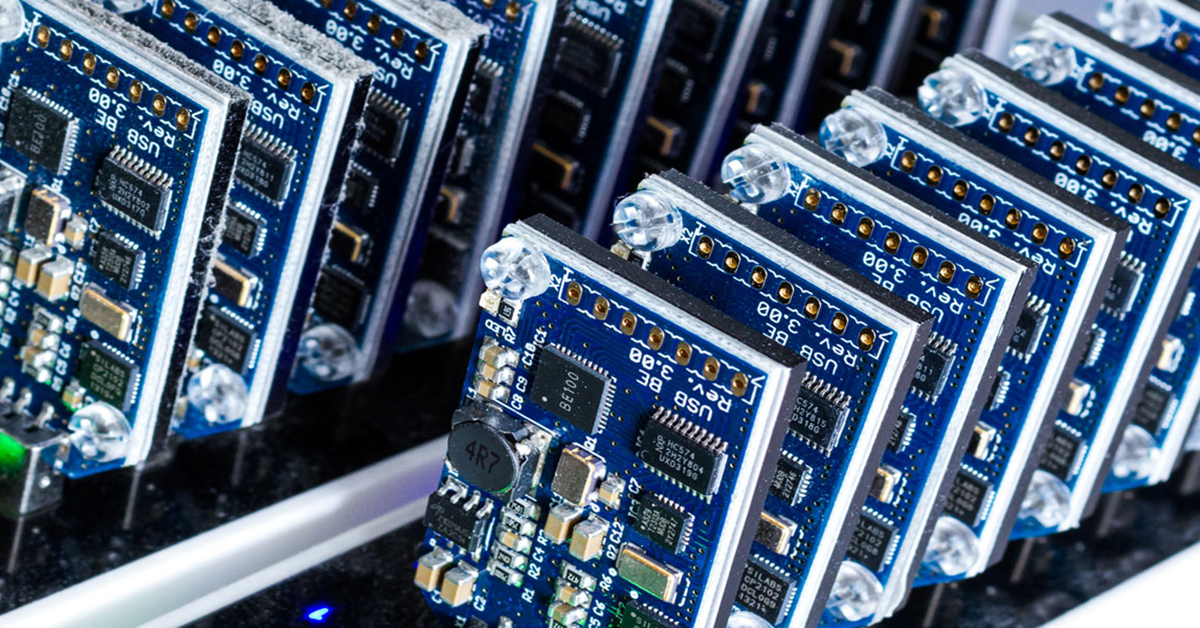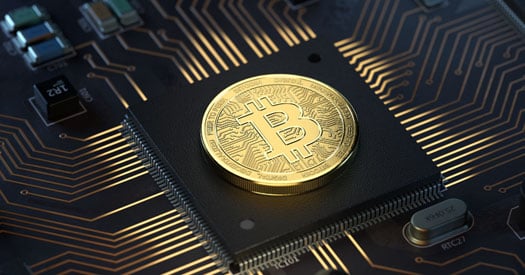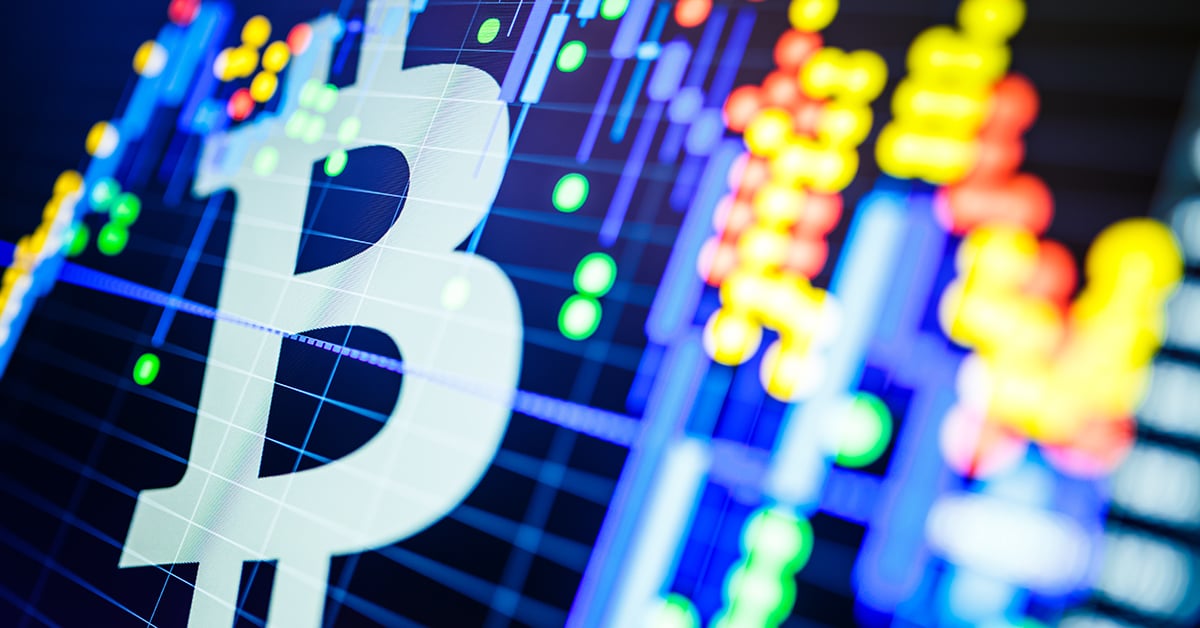Facebook’s Libra: Stablecoins Burst on the Scene
16 July 2019
Share with a Friend
All fields required where indicated (*)Facebook’s Libra: Stablecoins Burst on the Scene
In recent remarks at the Financial Stability Report press conference, Mark Carney, Governor of the Bank of England, said: “It’s way too expensive to do domestic payments. It’s way too slow, and that hurts consumers and businesses. It stifles innovation, and it’s far too expensive to send money cross-border, and there are huge financial inclusion issues related to that and costs related to that. So, while we are trying to address all these issues, we have to absolutely acknowledge the problem that they’re [Facebook] trying to solve. And if it’s not this, we’d better have some answers for what else it is.”
The answer may be in stablecoin. Until this year, and maybe even today, the average investor has never heard of a stablecoin. With Facebook’s Libra announcement and the controversy it has created, we feel that it is high time to explain what a stablecoin is, where it came from, and how it may disrupt the payments system.
Stablecoins Emerged for Crypto Exchanges
A stablecoin is a digital asset that is linked to a lower-volatility asset, such as the U.S. dollar, a basket of currencies or gold. The use of a creation-redemption mechanism, similar to an ETF, helps keep the price of the stablecoin close to value of the underlying asset.
The first stablecoin was sponsored by the founders of a crypto exchange to meet a need that investors had—namely, to convert holdings of volatile digital assets to a stable value faster than the traditional banking system could accommodate. Thus emerged the first use of a stablecoin—to act similar to a money market fund that offers a cash substitute within a brokerage account—in this case, a crypto brokerage account.
The leading example of this is Tether, currently the largest and most-traded stablecoin, and an initial proof of concept of what upgraded future fiat currencies may look like. Tether has over $3.5B in assets linked to the U.S. dollar1 and tens of millions in daily trading volume.2 Tether is widely accessible, trades across many of the largest crypto exchanges and is issued on the Bitcoin, Ethereum, Tron and EOS blockchains. Tether is sponsored by the founders of the crypto exchange Bitfinex. Tether is unregulated and has been sued by the NY Attorney General.3
Before moving to the second use of stablecoins, it is worth noting the crypto exchanges are a key part of the crypto ecosystem and have seen tremendous growth in recent years. They have survived despite the bitcoin bear market of 2018. Coinbase is estimated to have over 25 million accounts and over $500 million in global revenue in 2018,4 while Bitfinex brought in a net profit of approximately $404 million last year.5
As a note, traditional brokers are, or are planning to, offer bitcoin and other digital assets. Swiss retail investors can trade crypto in their brokerage accounts, and in the U.S., Robinhood, TD Ameritrade and Etrade have all announced plans for crypto.
Stablecoin for Payments
The second major use of stablecoins is for payments. Facebook has put a spotlight on this fact with its announcement related to Libra. Investors familiar with Bitcoin already know that Bitcoin is, by design, too slow to be used for payments for small transactions, as well as too volatile at this point. The speed and lower volatility of stablecoins may make them an important part of solving the payments challenge.
The second advantage of stablecoins for payments is cost. While the average credit card processing fee for merchants for major credit cards is approximately 2.5%,6 the typical daily spreads for Gemini GUSD to U.S. is a few basis points.7 Gemini and Flexa currently allow for real-time payments at participating retailers, including Starbucks and Whole Foods/Amazon. Facebook’s announced Libra cryptocurrency is expected to be a payments stablecoin, launching in the first half of 2020. It will be a digital asset on a permissioned blockchain initially, and will be backed by a multi-currency basket, similar to the International Monetary Reserve’s Special Drawing Right (SDR) system.
An Important Aspect of Stablecoins: Sidechains
An important aspect of stablecoins is that most transactions are not likely to be processed on one global distributed ledger, but rather on sub-systems or “sidechains” that are connected to the global distributed ledger. In fact, bitcoin may yet prove to be the winning distributed ledger, providing the finality and certainty, while sidechains offer the speed and convenience.
The Lightning Network is a sidechain-like “layer 2” application that focuses on payments. Like sidechains, it is based on the Bitcoin blockchain’s architecture. It offers decentralized transactions that may compete with established centralized payment networks, such as major credit cards or PayPal. It has the ability to process millions of bitcoin transactions per second and reduce transaction costs to less than a cent. In comparison, Bitcoin processes approximately 7 transactions per second, and Visa can process more than 45,000 transactions per second.8 The Lightning Network also retains the privacy offered by the Bitcoin network.
Sidechains offer a way for features to be added to the Bitcoin blockchain while preserving the Bitcoin blockchain’s most important security properties, including the privacy of network participants. They may be used to enable bitcoin for tokenization and payments. Sidechain transactions make verification faster and are confidential. While Bitcoin is permissionless, sidechains offer the ability to apply investor restrictions.
Top Developments to Watch
Looking ahead, we believe stablecoins, the Lightning Network and sidechains will strengthen the Bitcoin and cryptocurrency ecosystem, and we are continuing to watch several top developments in this space over the next year. These include the growing adoption of Lightning Network and development of additional layer 2 solutions, the potential launch of Libra, merchant adoption of Tether and stablecoin volume.
VanEck Thoughts
While this note has focused on the stablecoin phenomenon, we still think that bitcoin has the potential to become a type of digital gold, a possible modern “store of value.” Bitcoin and digital assets are already a part of many investor portfolios, just not in traditional brokerage accounts, and it may play a bigger role with appropriately regulated, insured and liquid access vehicles, such as ETFs.
VanEck is excited to watch stablecoin and Bitcoin developments. We believe the negative backlash against these technologies are unwarranted. The U.S. may benefit from embracing these innovative technologies. A market-lead 10-year plan to upgrade U.S. payments, currency and capital markets infrastructure may further the public interest.
DISCLOSURE
1Source: Tether. Data as of July 10, 2019.
2Source: Cryptocompare. Data as of July 10, 2019.
3Source: Yahoo Finance, “NY Attorney General sues Bitfinex and Tether to unearth “fraud being carried out” by the firms,” April 26, 2019.
4Source: Reuters, “Big corporates back crypto 'plumbing' despite currency caution,” April 18, 2019
5Source: Bitfinex, Data as of May 8, 2019.
6Source: Square, Inc.
7Source: Cryptocompare.
8Source: Visa.
Belangrijke kennisgeving
Uitsluitend voor informatie- en advertentiedoeleinden.
Deze informatie is afkomstig van VanEck (Europe) GmbH. VanEck (Europe) GmbH is aangesteld als distributeur van VanEck-producten in Europa door VanEck Asset Management B.V., een beheermaatschappij onder Nederlands recht en geregistreerd bij de Nederlandse Autoriteit Financiële Markten (AFM). VanEck (Europe) GmbH, met als vestigingsadres Kreuznacher Str. 30, 60486 Frankfurt, Duitsland, is een financiële dienstverlener die onder toezicht staat van BaFin, de Duitse toezichthouder voor de financiële markten. De informatie is uitsluitend bedoeld om beleggers te voorzien van algemene en voorlopige informatie en mag niet worden opgevat als beleggings-, juridisch of fiscaal advies. VanEck (Europe) GmbH en de aan VanEck (Europe) GmbH verbonden en gelieerde bedrijven (samen "VanEck") wijzen elke aansprakelijkheid van de hand met betrekking tot beslissingen die de belegger op basis van deze informatie neemt ten aanzien van het kopen, verkopen of aanhouden van beleggingen. De visies en meningen die hier worden gegeven, zijn die van de auteur(s) en komen niet noodzakelijkerwijs overeen met die van VanEck. De meningen zijn actueel op de datum van publicatie en kunnen worden aangepast op basis van veranderende marktomstandigheden. Bepaalde verklaringen in deze bijdrage kunnen ramingen, voorspellingen en andere op de toekomst gerichte verklaringen zijn die niet overeenkomen met de werkelijkheid. Wij achten de informatie die afkomstig is van derden, betrouwbaar. Deze informatie is echter niet onafhankelijk gecontroleerd. De nauwkeurigheid en volledigheid ervan kunnen daarom niet worden gegarandeerd. Alle indices die worden vermeld, zijn maatstaven voor het vergelijken van algemene marktsectoren en rendementen. Het is niet mogelijk om rechtstreeks in een index te beleggen.
Alle rendementsgegevens hebben betrekking op het verleden en bieden geen garantie voor toekomstige resultaten. Beleggen brengt risico's met zich mee, waaronder mogelijk verlies van de hoofdsom. Lees het prospectus en de essentiële beleggersinformatie voordat u gaat beleggen.
Niets in dit materiaal mag in welke vorm dan ook worden verveelvoudigd en er mag ook niet naar worden verwezen in andere publicaties zonder de uitdrukkelijke schriftelijke toestemming van VanEck.
© VanEck (Europe) GmbH
Gerelateerde inzichten
Related Insights
26 februari 2024
08 februari 2024
07 januari 2024
10 december 2023



